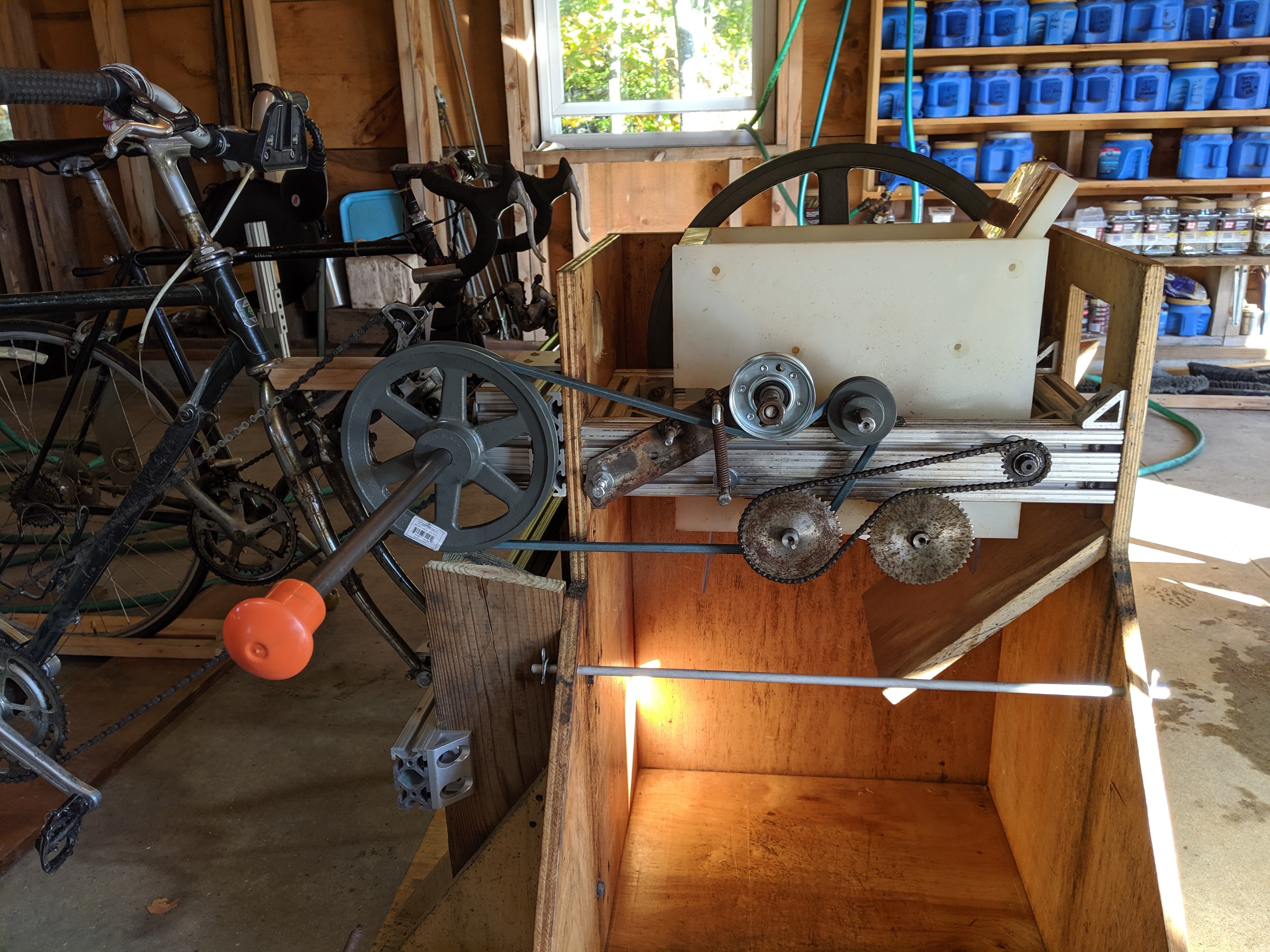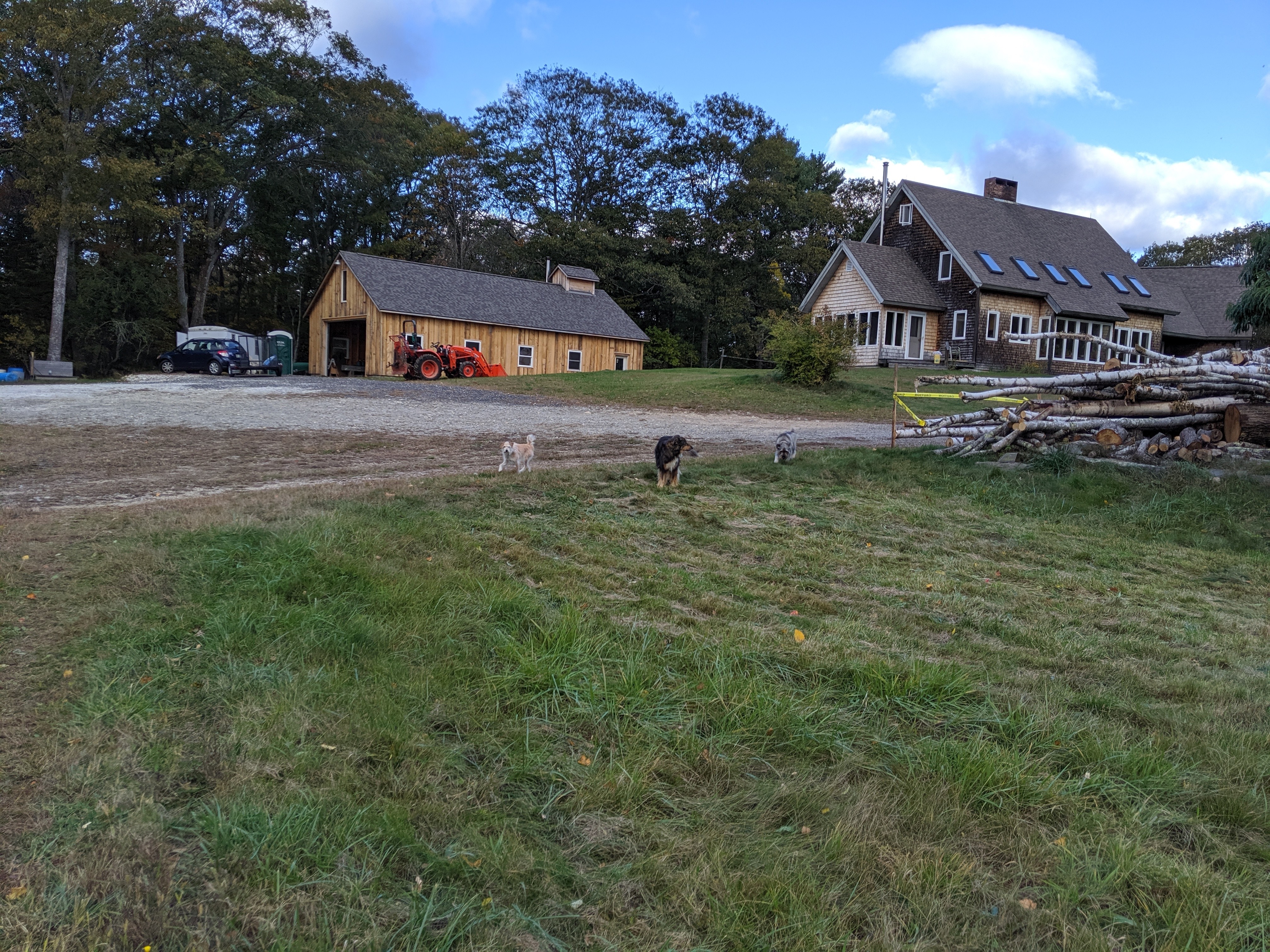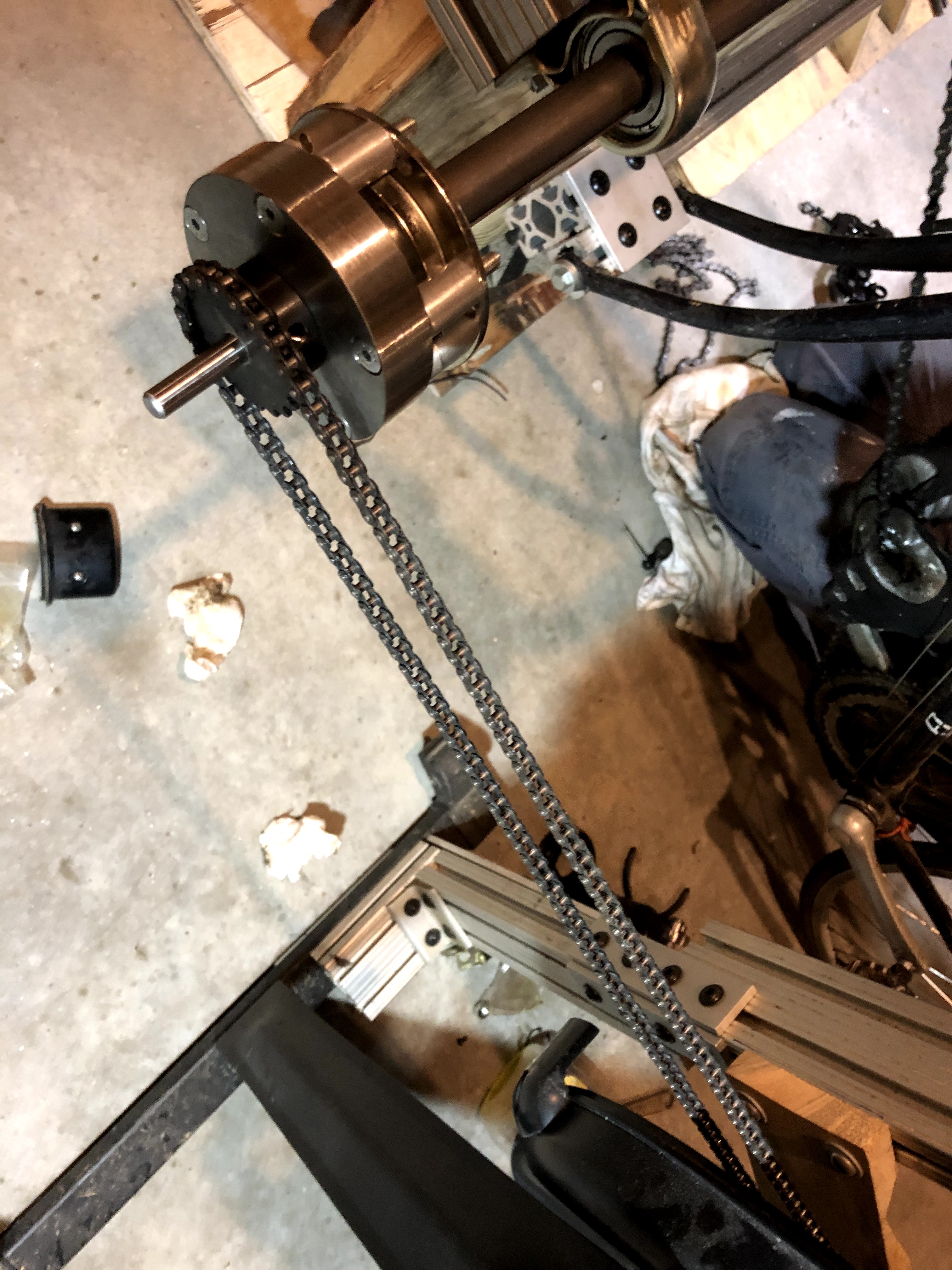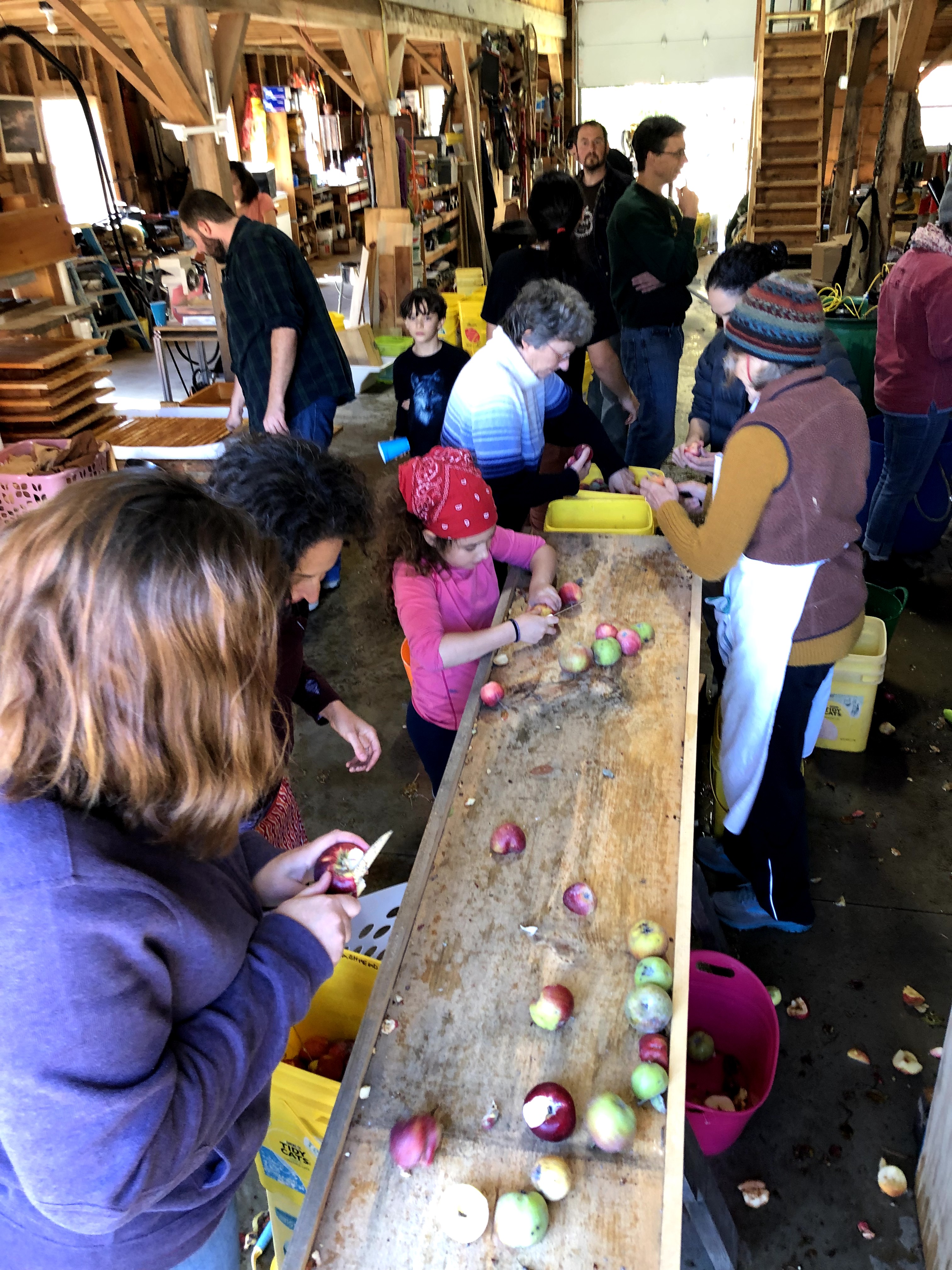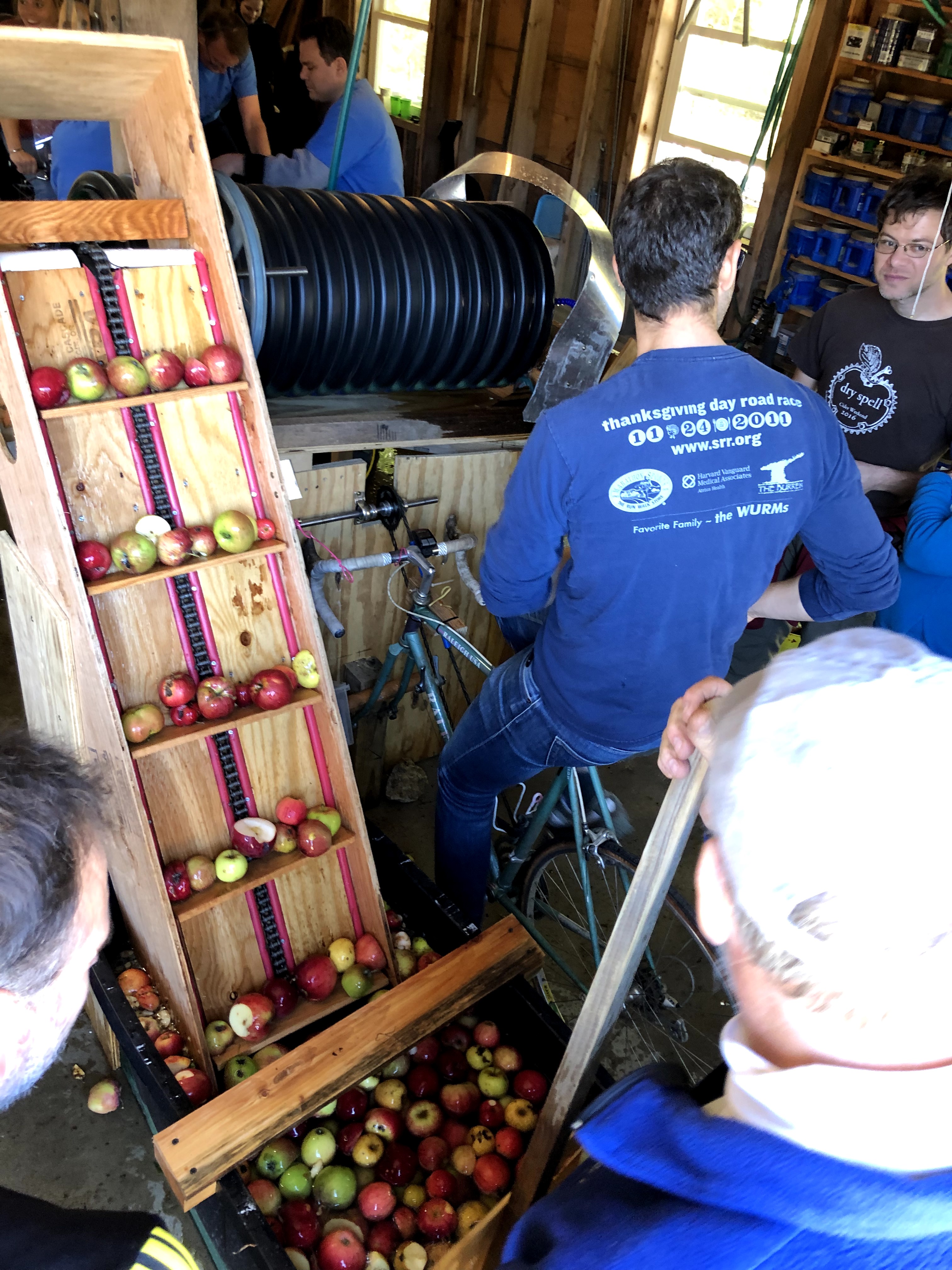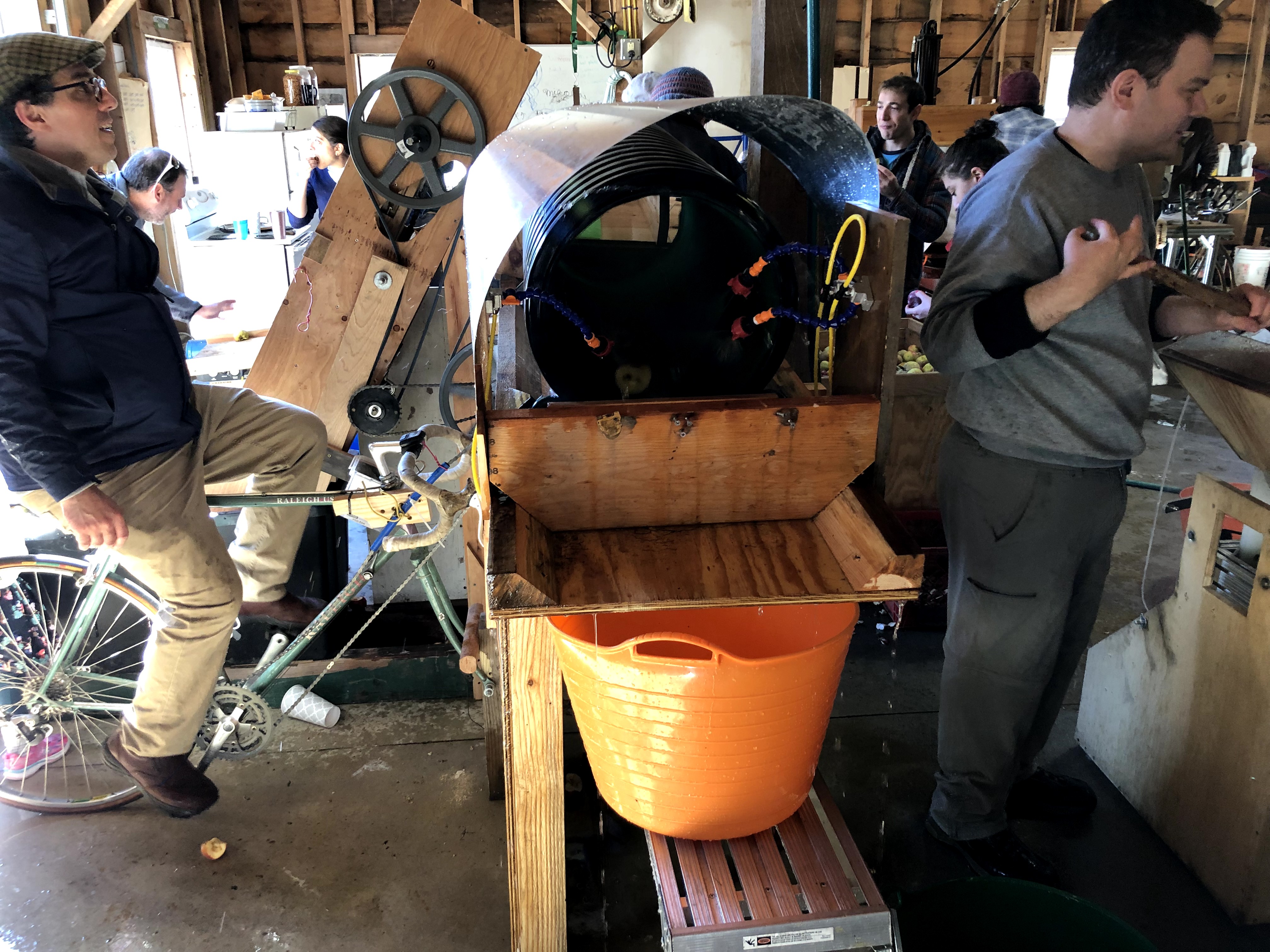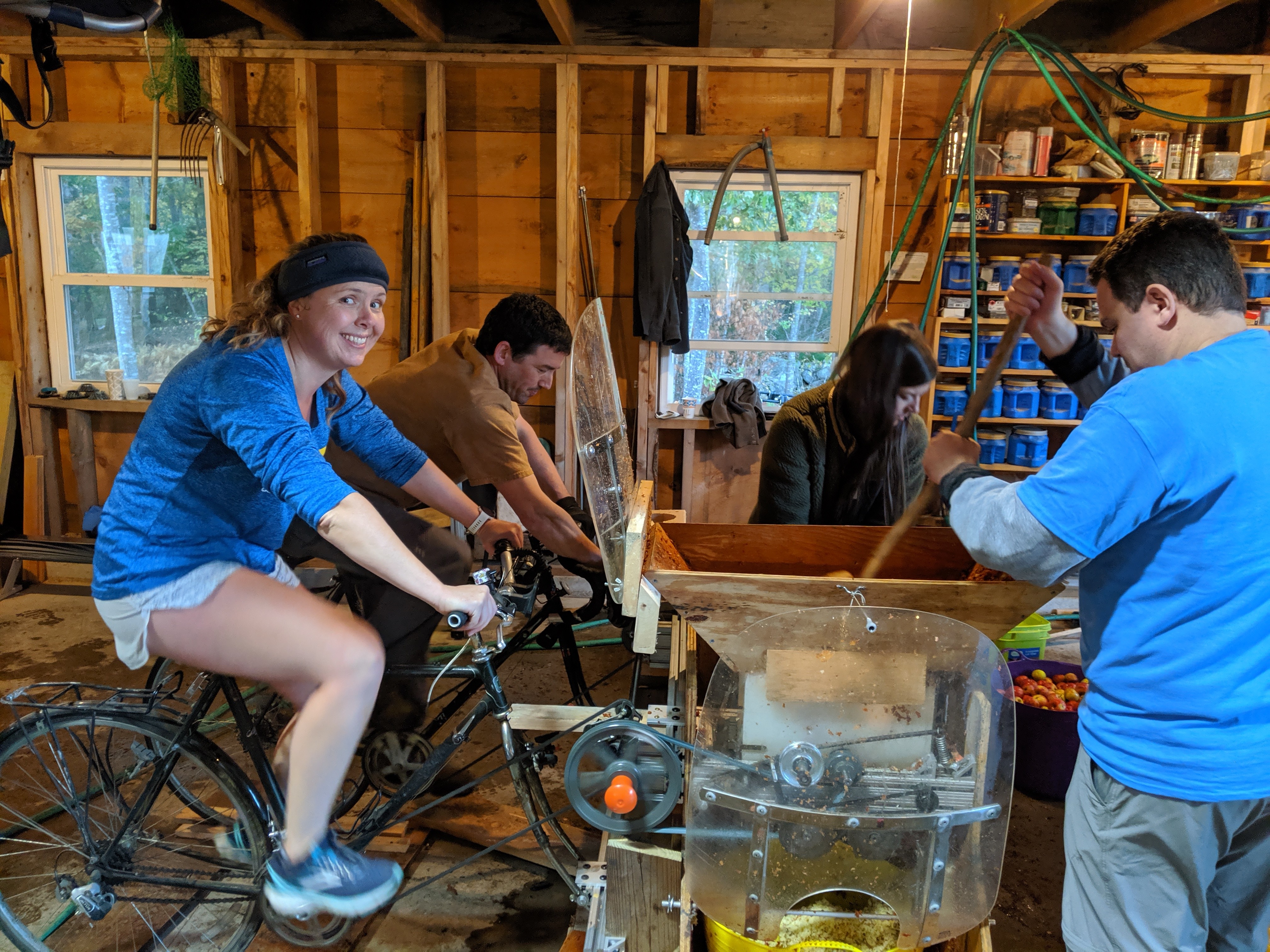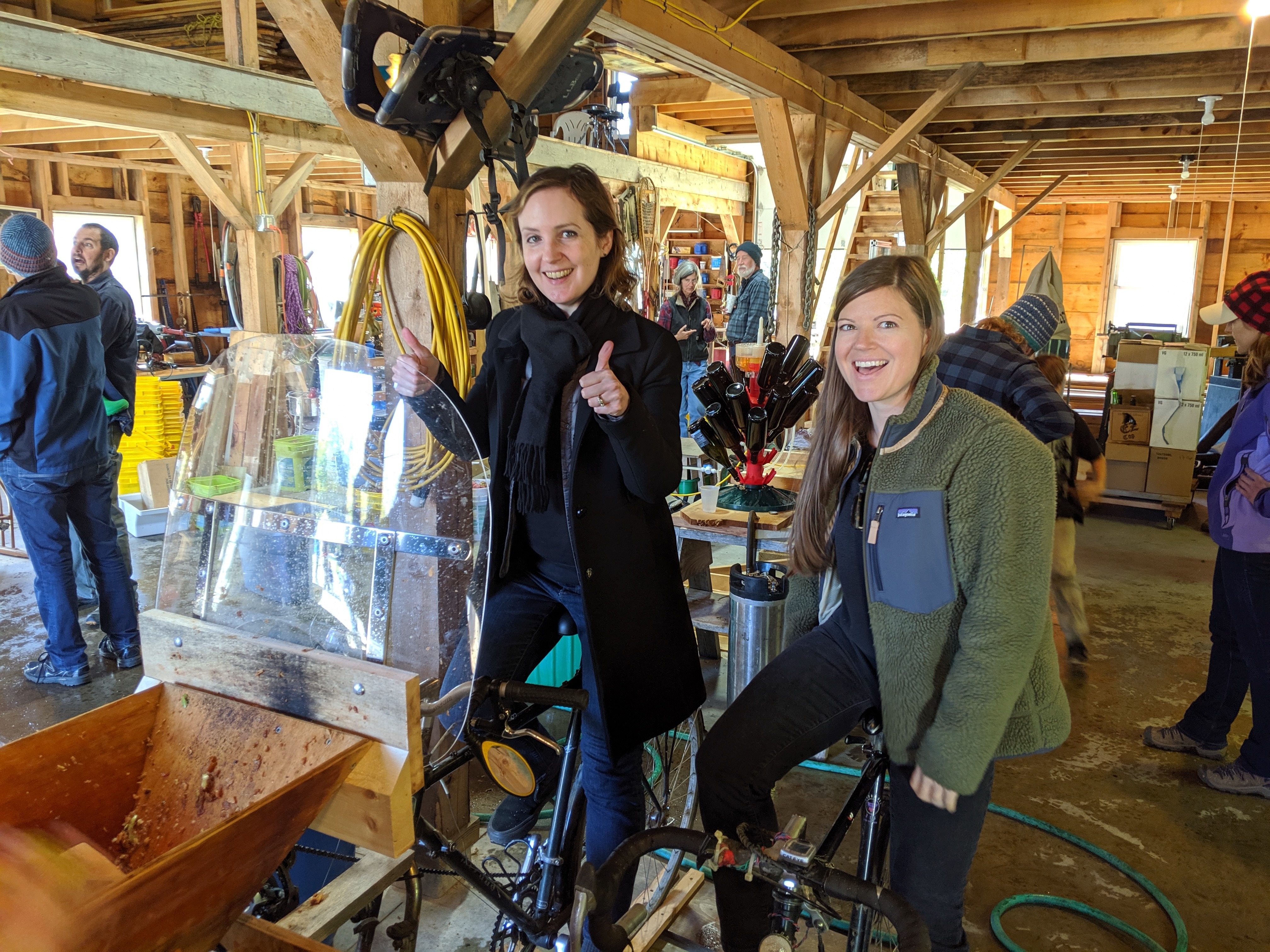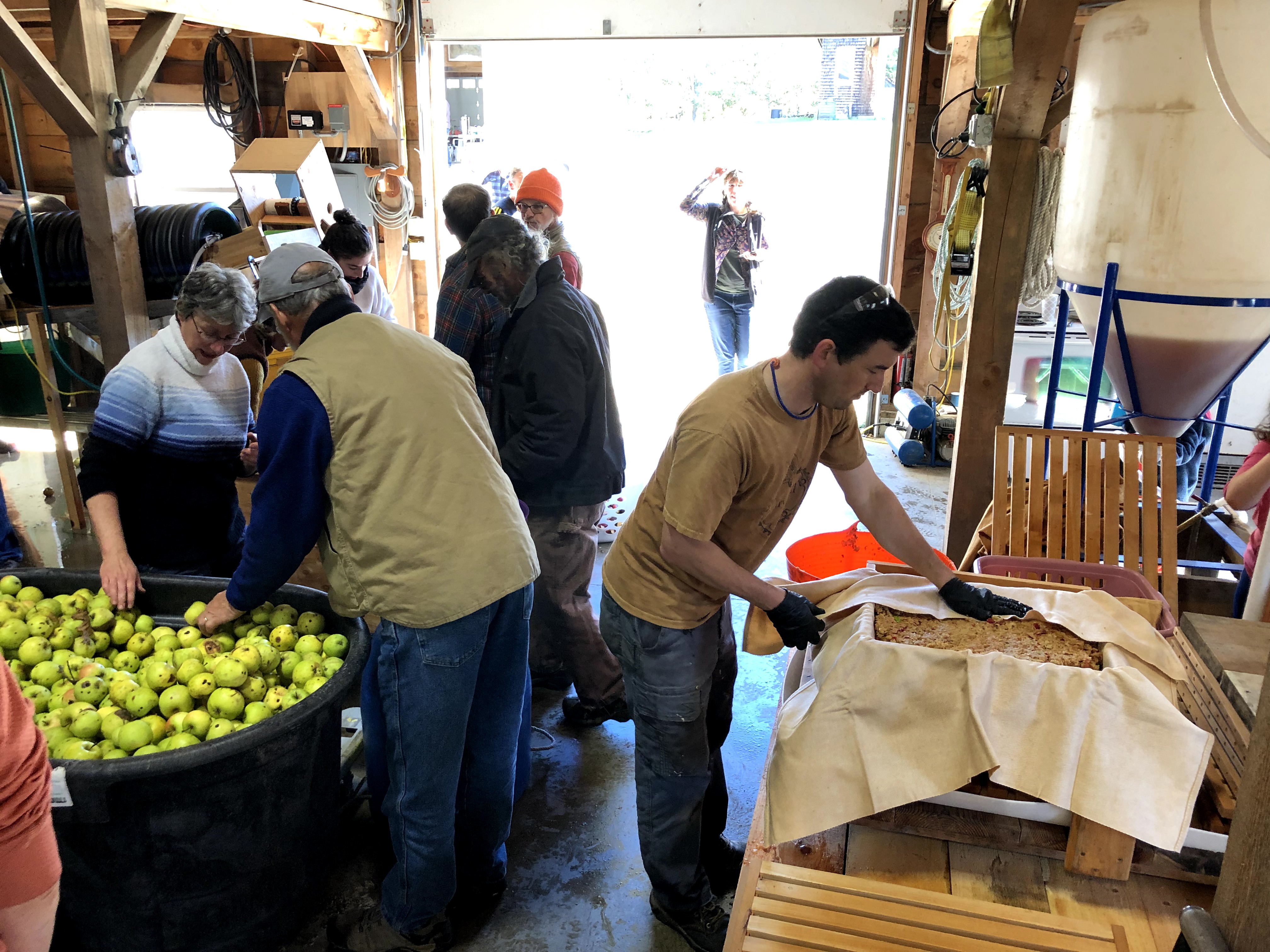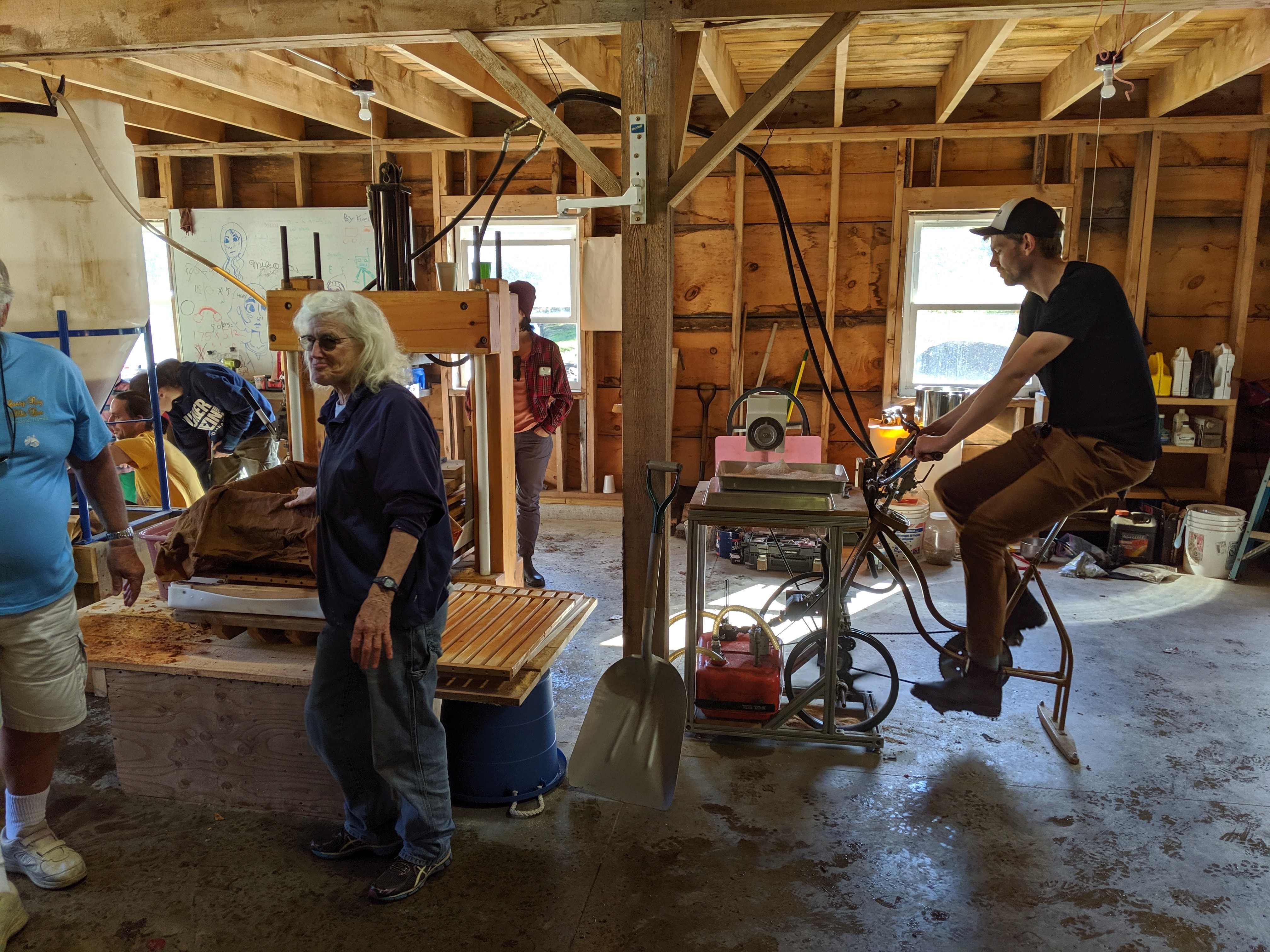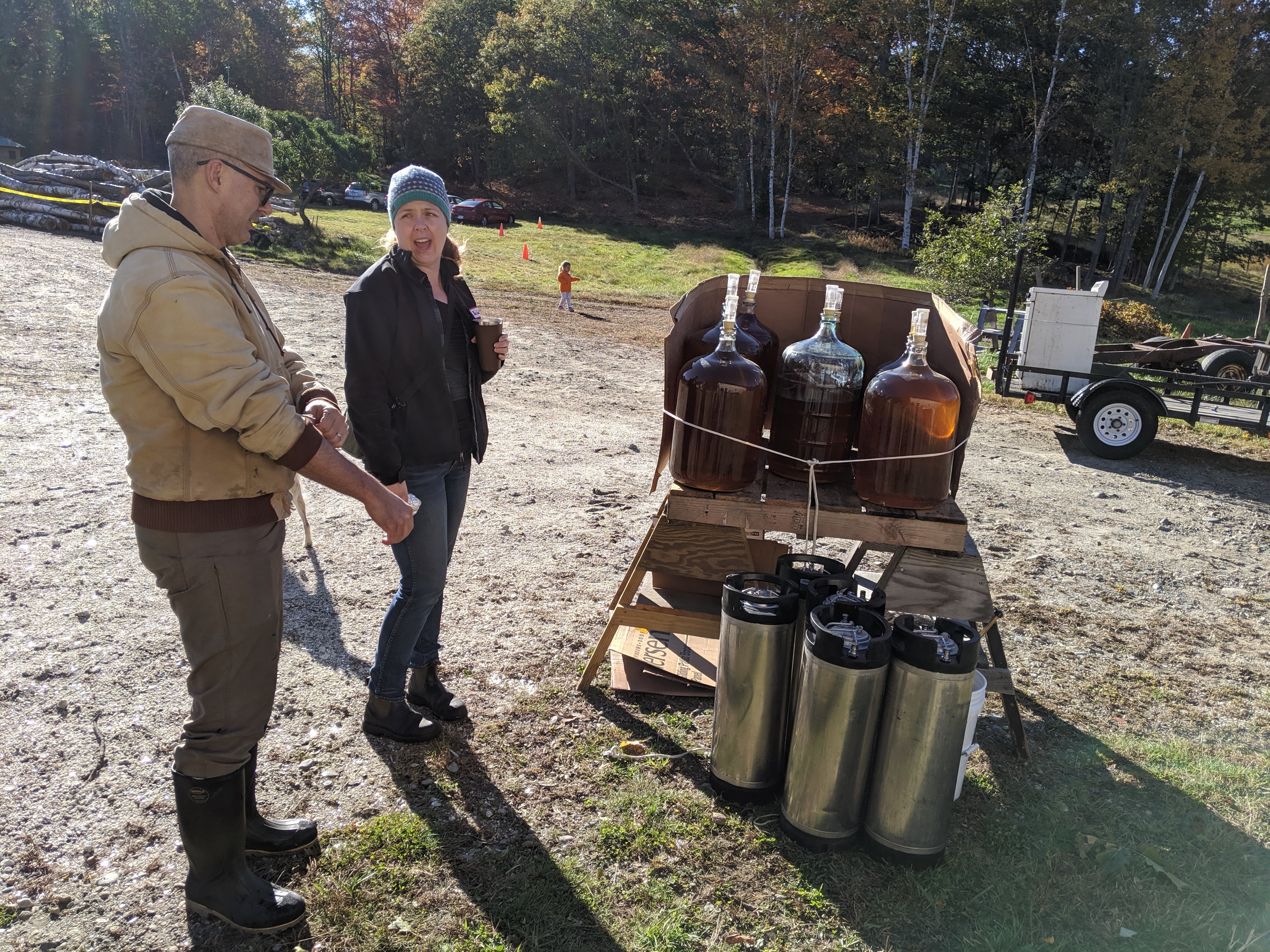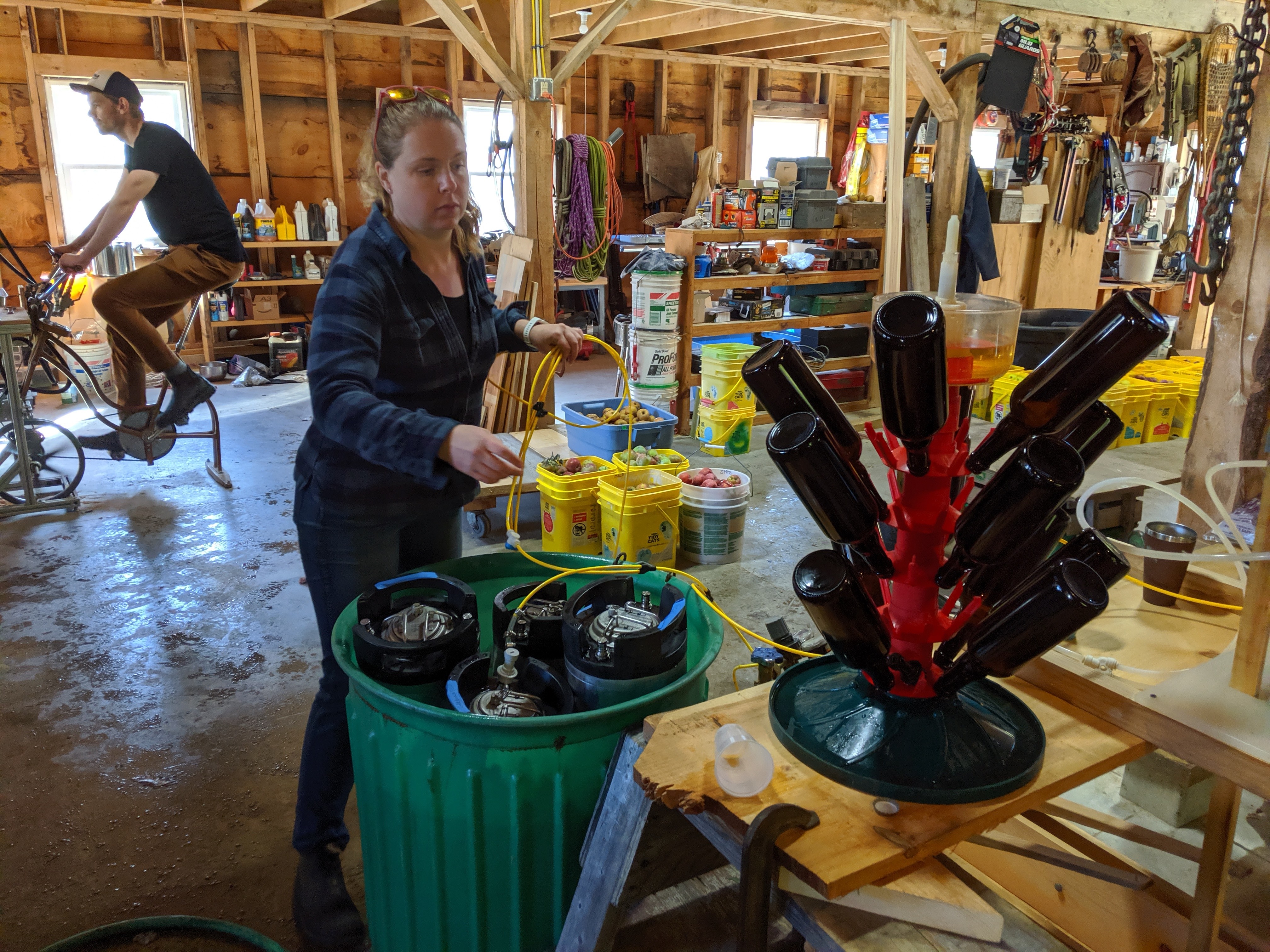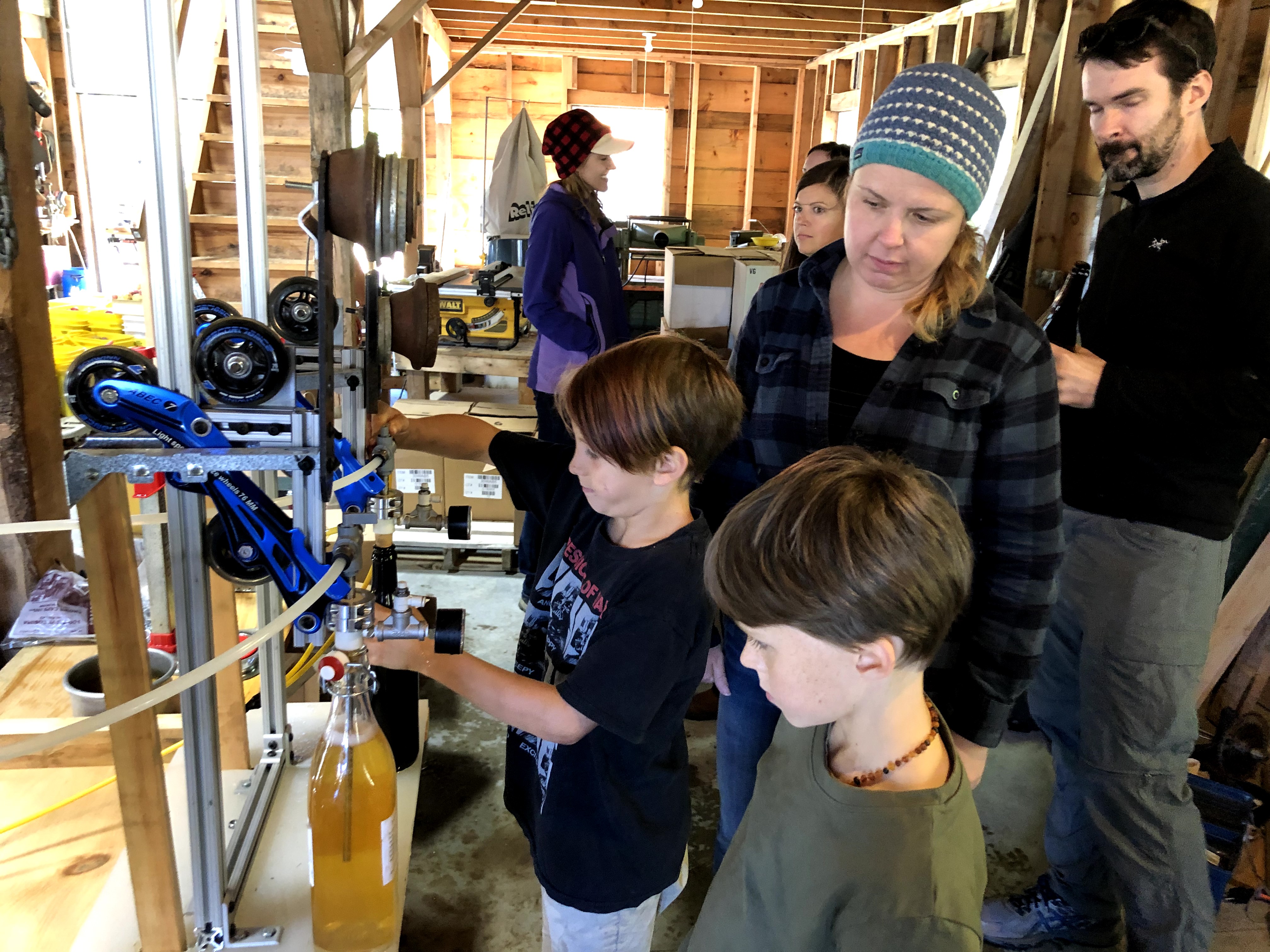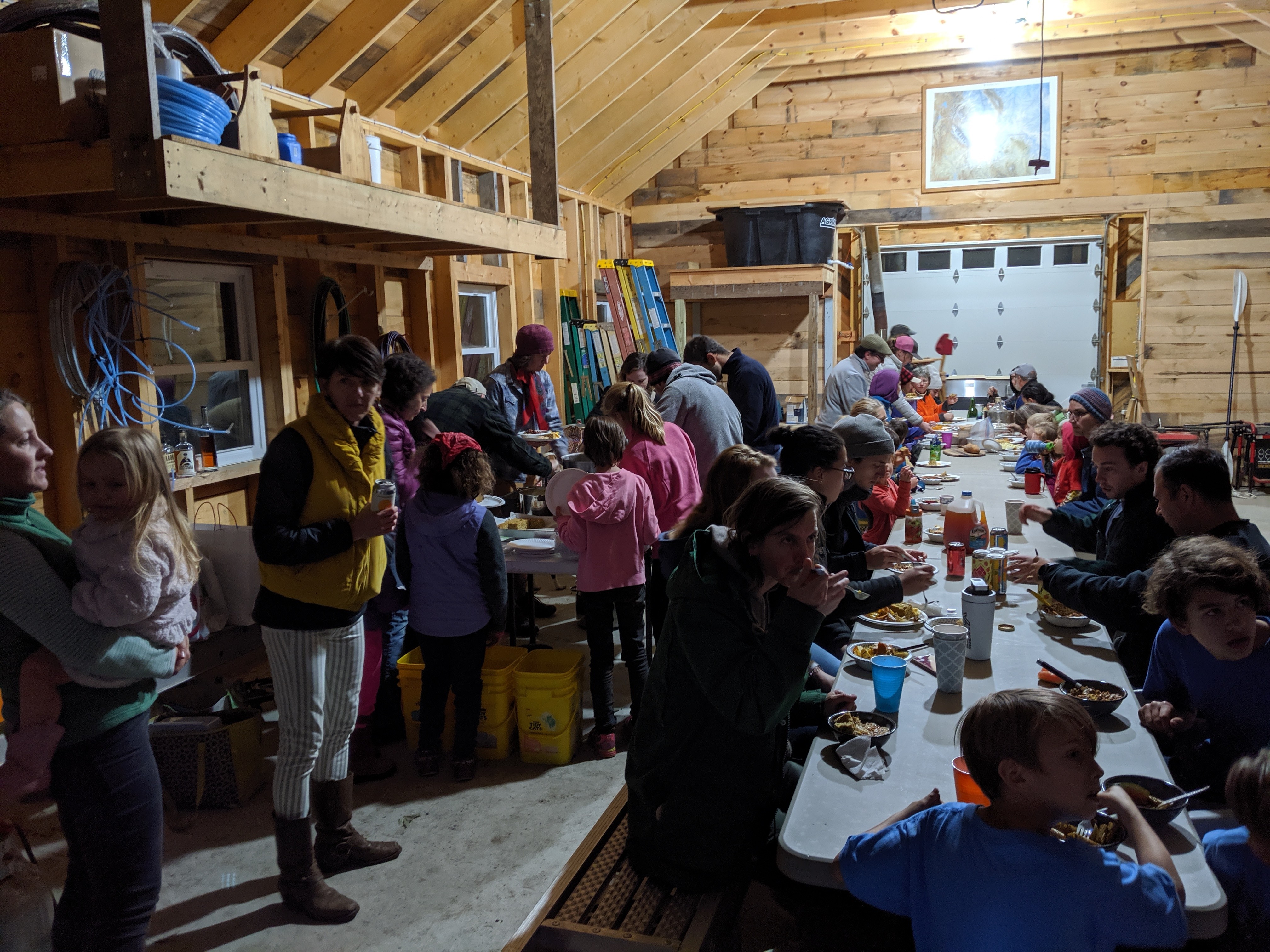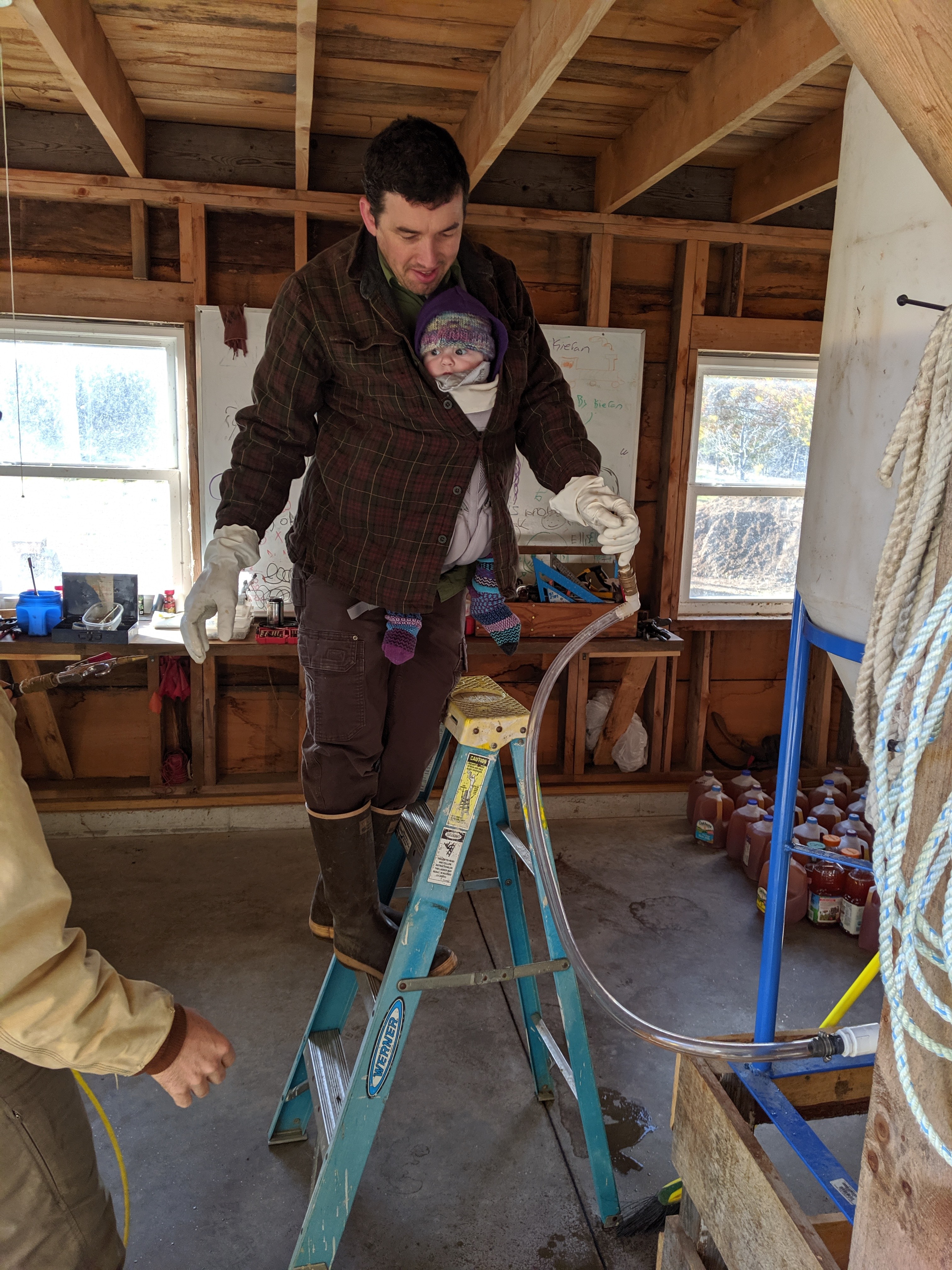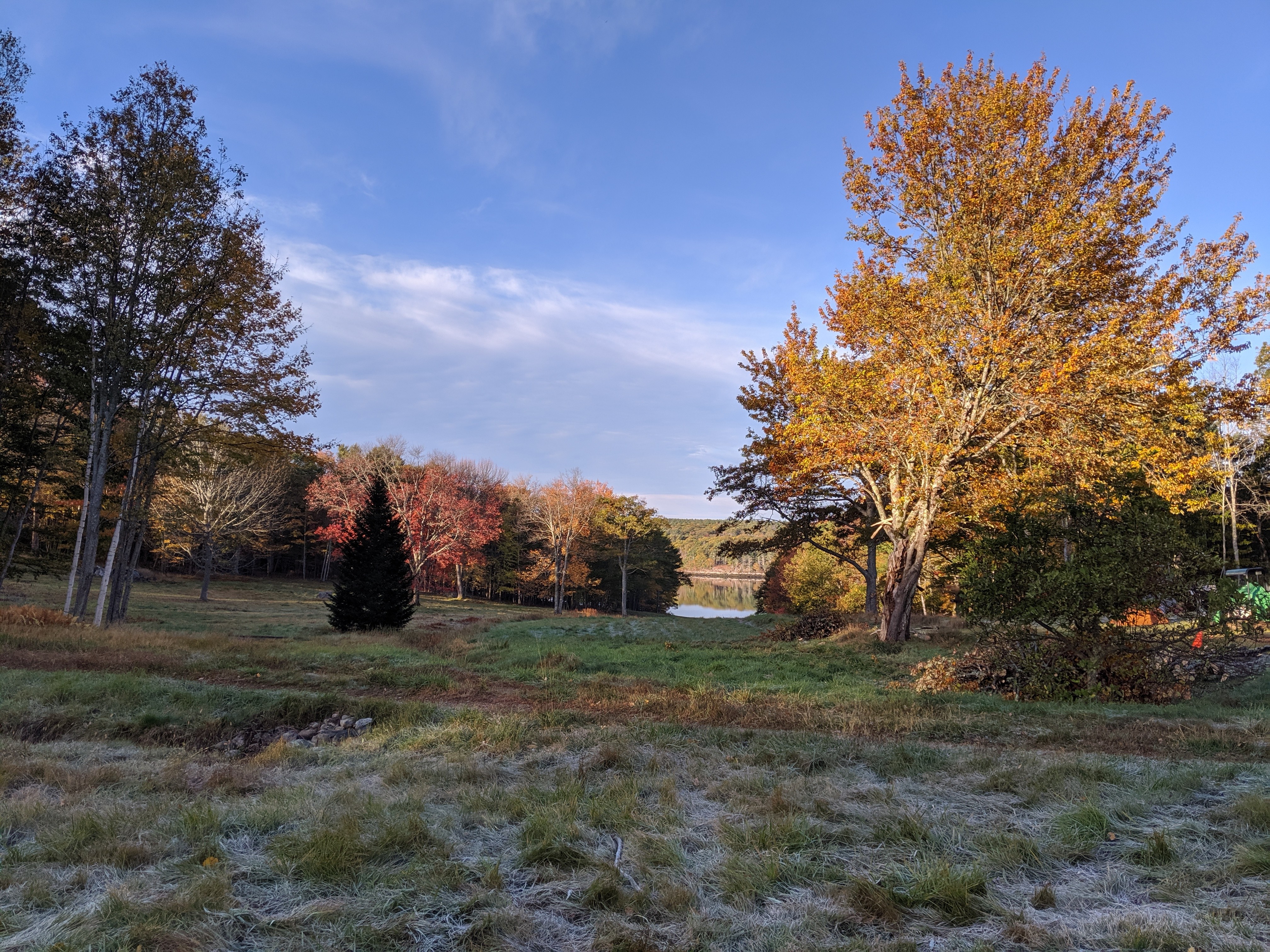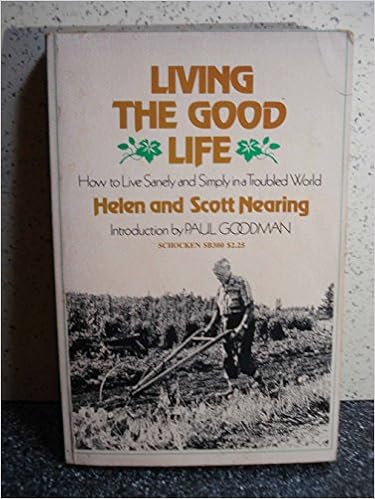When I was a kid, my mother always had a shelf of serious popular science books, and among the authors represented was Stephen Pinker, a Harvard professor and linguist. I’m not the language zealot that she is, but I kept track of Pinker, who has come to prominence in the last 10 years for a pair of books about violence and the well-being of humanity. In the first, (The Better Angels of our Nature) he argues – with reams of data – that violence has declined drastically in modern times, and explores some causal themes. In the second (Enlightenment Now) he further demonstrates a remarkable, consistent, and progressive improvement in the material, social, and intellectual well-being of humanity, and argues that that the primary cause of this improvement is the rise of Enlightenment values, including science and humanism, which took root in Europe in the 1700s.
I am basically convinced with respect to the decline of violence and improvement in quality of life. Two thirds of Enlightenment Now consists of a train of short chapters presenting data to show how longevity, health, wealth, knowledge, freedom, crime, safety, happiness, etc. have improved drastically in the last two hundred years. It’s not a subtle book, and its triumphal tone is an odd fit to the mood of our times, but there’s a ton of evidence to support the argument that if one was forced to choose a time and place to be dumped – Rawls-fashion – into the world, ‘right about now’ would be a pretty good choice. Pinker does grapple with the existential risks of climate change and nuclear war, and acknowledges they are real. Unsurprisingly, he argues that reason, science, and humanism are our best tools for overcoming them, and I agree.
I am less convinced of the Enlightenment as the cause of this dramatic improvement. I am not a historian, but my amateur sense is that there have been a lot of smart people working out principles of philosophy, logic, and the intricacies of the natural world for at least a few thousand years. But something else started in the 1700s, accelerated sharply in the 1800s, and then exploded globally in the 20th century: the development of techniques to burn fossil fuel to liberate immense quantities of energy. This suddenly enabled humans to perform useful tasks at superhuman scale, and I believe it is a much more powerful force than the achievements of any cohort of philosophers. If this is true, it has serious implications for the future of the benign trends that Pinker celebrates.
To understand the force of this argument, the reader will need a quantitative sense of energy at the human (and superhuman) scale. This is an essay that I have been meaning to write for some time, both because it ties together many of the themes that captivate my personal and professional interest, and because I believe the average citizen doesn’t understand how profoundly energy fuels and enables every aspect of life, both primitive and modern.
In simple terms, energy is a property that provides the ability to do work. Work has a specific technical meaning, but for practical purposes it means roughly what blue-collar people think it means – for example, energy must be provided to do the work of hauling water from a well, pushing a vehicle along a road against the resisting force of aerodynamic drag, or driving a flow of electric current through a filament to create light. Energy comes in a number of forms (kinetic, thermal, chemical, potential, etc.), and humans use it both to do physical work and to perform chemical and industrial processes, heat or cool buildings, cook food, etc. This diversity of uses reflects the fundamental importance of energy, which extends to our physical bodies – like all organisms, we require energy to survive. Food is the fuel that allows our bodies to do work, and without it we quickly die.
Energy is universal and quantitative. Universal because it cannot be created or destroyed, and because its various forms can be interconverted, subject to natural laws and practical limitations. Quantitative because it can be measured, and certain tasks absolutely require a defined amount of it. If it requires 10 units of energy to get my electric car to the top of the hill, and my battery only contains 8, the car will predictably stop short of the summit.
The proper scientific unit of measure for energy is the Joule (J), which is a tiny amount – about as much as is released when a sandwich falls off a table and hits the floor. An iphone 5s stores about 20,000 J of electrical energy, an Oreo™ cookie contains about 300,000 J of food energy, and a gallon of gas releases about 120,000,000 J of thermal energy when it burns. Because the joule is such a tiny amount, we have other practical units of energy that civilians are more familiar with, including the kilowatt-hour (kWh), which is equal to 3.6 million Joules.
Is a kWh a large amount of energy, or a small amount? The fascinating answer is: both, and this starts to get at the point I’m trying to make.
On one hand, it’s a relatively piddling amount in modern terms, equivalent to the thermal energy in a few tablespoons of gasoline. In a few minutes I can tap a kWh effortlessly from the outlet under my desk, and the most amazing thing is that Central Maine Power will only charge me fifteen cents for it.
On the other hand, on the scale of a human body, one kilowatt-hour is a formidable quantity. Imagine pushing a car up a steep grade for over a mile – that’s a kWh. I could pedal an apple grinder bike all day and struggle to deliver a single kWh worth of energy. In fact, our entire pedal-powered cider operation with four bikes may only be delivering around 1-2kWh over the course of a Saturday – that’s less than 50 cents worth of energy at electric utility rates.
To bulk up our intuition about energy at the human scale, it’s helpful to understand a related concept, Power. While it is common in the civilian world to mix up Energy and Power, the concepts are related but distinct in an important way. Specifically, Power (in the engineering sense), is simply the rate at which energy is delivered. If one joule is delivered per second, this is described as a 1 watt flow of power. So an old-fashioned 100W lightbulb consumes 100J of electric power per second, most of which is wasted as heat; a modern LED bulb might deliver the same amount of light while consuming only 15 J per second. If the old-fashioned bulb is operated for one hour (3600 seconds), in total it will use 360,000 Joules, or 0.1kWh.
It turns out that if you ask the average healthy non-athlete to pedal a bicycle (or climb a ladder, or some other efficient means of producing power at a sustained pace), you find that a human body can only deliver useful work at a rate of about 100W over a period of hours, and significantly less on average, since we require hours of rest and sleep. And for hundreds of thousands of years, that was pretty much all the energy we had. The Bible says “In the sweat of thy face shalt thou eat bread, till thou return unto the ground” and back in the day that was pretty much the size of it. The great majority of people foraged or toiled in fields to grow crops, and they did it pretty much their entire lives.
Naturally the proximal source of that energy was the food they ate, but its ultimate source was the sun, which powered the photosynthesis that stockpiled that energy in the crops and livestock in the form of sugars, fats, starches, and the like. This was a serious limitation, because photosynthesis is relatively inefficient at turning sunlight into stored energy. According to Wikipedia, typical crops are only about 1% efficient in turning the sunlight that strikes a field or forest into biomass, so it takes a lot of land (or a lot of time) to produce a given amount of usable plant energy. In many climates (e.g. deserts) the conversion is many orders of magnitude less efficient.
As a result, for millennia our ancestors were fundamentally limited by the strength of their bodies and the relatively modest efficiency with which crops could turn sunlight into food and fuel. What about beasts of burden? The more fortunate among our ancestors had access to an ox or perhaps a horse, which can deliver a modest multiple on the power of the human body. But like humans, draft animals were solar-powered, and their calorie needs were likewise multiplied – a horse or cow required the output of several acres of land for its fodder, and this land could not be used to grow food for humans.
Of course beasts can be eaten as well as worked, but here again, the amount of land required to feed a person on meat is far more than the cropland required to feed them directly on plant-based foods, which is why meat was (and probably still should be) considered a luxury.
Worse, the most productive staple crops require cooking (more energy) to be readily digestible, and cooking was likewise done using wood, which required still more land. Firewood supply was limited in the more populated areas – google ‘coppicing’ or ‘pollarding’ to get a sense for how the supply of precious renewably-grown combustibles was husbanded in those times. Using land to grow fuelwood traded off against using the same land to grow food crops.
If energy is universal and quantitative, and energy for humans comes in the form of food, it should be possible to relate the amount of food we eat to the amount of work we can do. The typical human diet contains about 2000 Calories per day; the Calorie is an archaic unit of energy equal to 4180 Joules. So 2000 Calories is about 8,400,000 Joules or 2.3 kWh. To put our diets in Power terms, I am delighted to discover that typing “2000 Calories per day in watts” into Google yields the following:
2000 (kilocalories per day) =
96.8518519 watts
That is, we eat food energy at an average rate of about 100 watts, and this sets an absolute limit on the amount of physical work we can do; in actuality we’d be lucky to deliver 100W of work for 8 hours per day, with the other ⅔ of the calories given over to the business of living. And because food is fuel, serious endurance athletes need much more – up to 8000 Calories per day.
To sum it up, in pre-industrial times our ancestors lived ‘land to mouth’. Life went along this way for hundreds of thousands of years, and though it changed in appearance and intensity with the invention of agriculture, the same fundamental limitations were in place. At best, people carefully husbanded a limited ‘working capital’ of stored foods, livestock, and standing timber; however, despite primitive tools it was all too easy to over-exploit the productive ecological base and get in an ugly situation, as Jared Diamond details in cases including Easter Island, Greenland, and others. Life was nasty, brutish, and short in the myriad ways described in the ‘before’ section of Pinker’s books.
But things started to change in a serious way when people discovered that they could tap ancient energy reservoirs of stored sunlight. For a fascinating early example, I recommend an online article called “Medieval Smokestacks: fossil fuels in pre-industrial times”, on the subject of peat as an energy source. Peat is the remnants of plant matter that accumulates over millennia in wetland areas, protected from decay by the lack of oxygen – this is actually the first step in the much longer process that forms coal. Peat can be cut, dried, and burned to liberate thermal energy, and the author, Kris de Decker explores in detail how unique circumstances enabled the people of the area that is now the Netherlands to mine and burn massive prehistoric reserves of it, and thus to liberate themselves from the limitations of their annual allotment of sunlight. The Dutch also mastered the craft of building windmills, which provided mechanical energy to complement the thermal energy from the peat. As a result, they were able to power an impressive array of proto-industrial activity, including glass, brick, ceramics, ships, sugar, salt, soap, spirits, and textiles.
The ability to mine and burn fossilized plants changed the game for the inhabitants of the Low Countries in a material way. By the 1600s, the per-capita annual consumption of peat amounted to about 16 gigajoules per person per year, or about 500W of continuous thermal power, compared with the 50W or less of labor they could manage on average from their own bodies. And soon this region became far wealthier than neighboring regions, with 60% urbanization compared to the 10% urbanization of the surrounding areas less favorably endowed with peat. Sadly, the peat reserves were eventually depleted, and this combined with competitive coal-fired industrial production from the UK knocked the Netherlands from their perch – by 1820 the country was down to 38% urban population.
Meanwhile, across the English Channel, the real fossil-fired revolution was spinning up. Natural deposits of coal had been in limited regional use for hundreds or thousands of years for metalworking and local heating in coal-bearing regions. But starting around 1700, a sequence of tinkerers, blacksmiths, and engineers invented and refined the steam engine – a machine that used energy liberated by burning fuel to create hot, pressurized steam. That steam could be used to do work – initially to pump water, which was of great value in draining mineshafts and enabling more coal and other minerals to be extracted. But by around 1780 the engines were coupled to flywheels and rotary shafts to drive mechanized equipment that had previously been confined to locations with available water power. The most prominent steam engine inventor was James Watt, who produced a uniquely efficient engine; the scientific unit of power was appropriately named for him. (Watt also devised the unit ‘horsepower,’ equal to 746W, as a product rating tool. He sandbagged a bit so his customers wouldn’t be disappointed; the average horse could deliver somewhat less than 1hp on an ongoing basis).
To say that the invention of the coal-fueled steam engine was a runaway success is a vast understatement. By tapping an immense store of fossilized sunlight, it removed the limitations of plant-fueled musclepower and the vagaries of wind and water power, and catalyzed a chain reaction of growth, wealth, and innovation. Pumping water from mines greatly increased the availability of fossil fuel and minerals. Engines ran blowers for blast furnaces, rolling mills, and a blossoming array of machinery that advanced manufacturing on every axis. In the early 1800s steam engines were adapted to power ships and to transform the rudimentary railways used in mining operations, making fast, convenient transport of people and goods possible. In the following century, convenient liquid petroleum fuels replaced coal, compact internal combustion replaced bulkier steam engines, and mechanization spread to agriculture, with displaced farm workers taking jobs in manufacturing. An immense fossil-powered chemical industry sprang up, devising among other miracles the Promethean ability to turn air and water into nitrogen fertilizer, solving a major problem in agriculture (thanks to Holly for the book recommendation). And steam power found new life in giant turbines used to generate electricity, literally bringing light and entirely new axes of wealth and convenience – and eventually the information technology that allows me to write and publish this post.
The power that fossil fuels deliver is amazing in both qualitative and quantitative terms. For the reasons described above, in medieval times the average person’s access to mechanical power averaged scarcely 100W from the combined efforts of humans, beasts, and a scattering of weak water-powered mills, and perhaps a couple hundred watts of carefully-husbanded firewood. (see discussion at http://www.paolomalanima.it/default_file/Articles/ENERGY%20AND%20POWER.pdf). By the dawn of the enlightenment, the leading economy of Europe had access to an average 500W of thermal power per capita from burning peat alone. By 1900, citizens of the UK consumed on average over 2500W from burning coal alone. And in 2016 the average American consumes a whopping 10,000W of primary energy continuously. This continual torrent of energy enables the amazing material abundance and variety that most of us enjoy, and the everyday superhuman miracles of modern life: I wrote the first draft of this essay in an airplane seven miles above the surface of the earth, blasting effortlessly across the continent at nearly the speed of a thunderclap.
Is the amazing global surge in quality of life primarily due to philosophical advances, or is it primarily the result of discovering a singular lode of stored energy? It’s not that enlightenment values are irrelevant to the amazing advances in quality and quantity of life that humans have enjoyed over the last 200 years. I am a huge fan of science, reason, and humanism, and I’m convinced that they have contributed in a central way to the technological progression outlined above – although it seems that early on a surprising number of advances were made by trial and error rather than systematic study and application of scientific principles. But any discussion of improvements in quality of life over this period that doesn’t recognize the immense increase in available per-capita energy that fueled and enabled those advances is missing a critical insight.
I think the answer to this question really matters. If Enlightenment philosophy really is the driving force, then it could be reasonable to expect that challenges around the sustainability and environmental impact of burning fossil fuels will look like minor matters when viewed from the future. In that case, energy historians of the future will conclude that while we used these fuels because they were available and convenient, had they not been there, we would have readily developed other sources of energy nearly as good, and industrial civilization would have developed more or less at the same pace. According to this view, fossil fuel depletion and malign climatic influence are technocratic issues that can be expected to sort themselves out in due course. There may be some minor changes related to the transition to other sources of energy, but the transition can be expected to happen naturally as a result of market forces, and doesn’t pose a fundamental danger to the modern quality of life.
But if, on the other hand, the quality-of-life advances are primarily the result of massive increases in per-capita availability of useful energy, then there is a real danger that the peace, prosperity, and broad-based human flourishing of the last 200 years are highly contingent results of a temporary windfall. If so, their depletion could easily reverse those advances – just as the black rock desert goes back to the lizards and ants after the Burning Man festival. If benign progressive trends are primarily a result of a one-time windfall, a bonanza of nearly-free energy unleashed over the last 200 years, then an unwind over a similar span of time is likely to be less than congenial to those who think the arc of history bends inevitably toward justice. If it taps out significantly faster, then all bets are off. Archaeologists point us to civilizations that have fallen; elaborate complex cultures that have disbanded, with their advanced knowledge lost to the nomads who camp in the ruins.
It doesn’t take much of a disruption of the material and economic flows of modern life to deflate the progressive instincts, long-term thinking, and warm-hearted embrace of diversity that Pinker celebrates in his book. The 2008 financial crisis was mild by historic standards, but it severely blunted the flow of capital toward forward-looking clean technologies, and unleashed an ugly undercurrent of intolerance in the body public. For those of us working in the clean energy industry this was strikingly clear, with strong popular and investor interest washed away in a torrent of underwater houses and ‘pocketbook issues’.
The previous, more severe economic crisis of the 1930s came in an energetic time of plenty, yet it concluded in a global nightmare of genocide that ended in a nuclear arms race. If fossil fuel depletion starts to bite faster than clean technologies can comfortably replace them, or if the global impact of carbon emissions relentlessly drives millions of refugees from major coastal cities, I have a hard time believing that the advances Pinker credits to enlightened principles will be secure.
If this is the path we are on, then successfully executing a rapid, global transition to clean sources of energy is of supreme importance. The growth of solar, wind, and other scalable clean technologies must continue and accelerate consistently. Energy storage and load shifting/management must both advance without a hiccup, and the electrification of transport must displace fossil fuel as quickly as clean capacity can be added to the grid. Liquid fuels should be reserved to particularly thorny technical challenges like air travel, which may need to be curtailed until significant advances can be made in renewable fuels or the volume- and mass-efficiency of clean energy storage. With political leaders abdicating responsibility in the face of the greatest civic challenge in generations, it appears to be up to engineers and Swedish highschool students to lead the way to an enlightened future.



